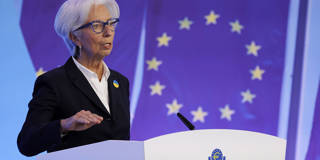Since 2008, the eurozone has faced a financial crisis, a sovereign-debt crisis, and a public-health crisis. With energy prices surging, it should now brace for another trial: an adverse and deeply asymmetric supply shock.
PARIS – The economic situation in Europe is truly disconcerting. Annual inflation in the eurozone has reached a record-high 7.4%, yet banks still lend to each other at negative rates. In April, year-on-year inflation in Estonia was a hair’s breadth shy of 20%, but only 5.4% in Malta. Public debt as a share of GDP is at unprecedented levels, yet German bond yields remain significantly below their long-term average, and spreads, though rising, are still contained. Across the continent, leading economic indicators are conveying confusing messages.

PARIS – The economic situation in Europe is truly disconcerting. Annual inflation in the eurozone has reached a record-high 7.4%, yet banks still lend to each other at negative rates. In April, year-on-year inflation in Estonia was a hair’s breadth shy of 20%, but only 5.4% in Malta. Public debt as a share of GDP is at unprecedented levels, yet German bond yields remain significantly below their long-term average, and spreads, though rising, are still contained. Across the continent, leading economic indicators are conveying confusing messages.